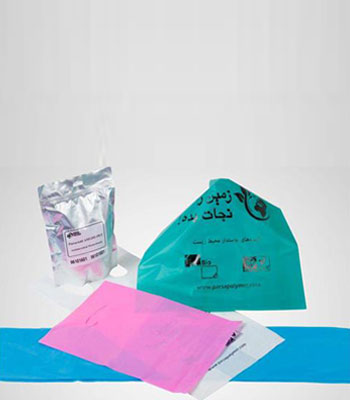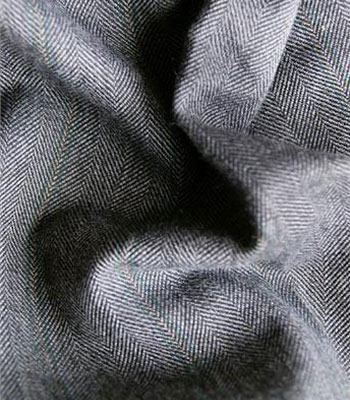Biodegradable Compound
0,00 €Introduction
Petroleum resources are limited and the excessive use of non-biodegradable polymers has caused serious environmental problems. Therefore, degradable and/or biodegradable polymers have received more attention these days. Since synthetic polymers are expensive, the focus is mainly on natural polymers which are inherently biodegradable and can be promising candidates to meet different requirements. Among the natural polymers, starch is of main interest. It is regenerated from carbon dioxide and water by photosynthesis in plants. Due to its complete biodegradability, low cost, and renewability, starch is considered as a promising candidate for developing sustainable materials. Addition of starch to the synthetic polymers creates biodegradable feature but decreases mechanical properties. To deal with this problem, nanofibers are added to the polymers.
Colloidal Silver Nanoparticles
0,00 €Introduction
Colloidal silver is a mineral solution containing silver ions and small charged particles which are suspended in a liquid medium. When the particles have the same electrostatic charges, they repel each other; this creates a uniform suspension of particles throughout the medium. Although silver ions are important, a 100% solution of silver ions is not colloidal silver. Various names have been used to describe colloidal silver, such as silver sols. Sometimes colloidal silver is also called Nano Silver, which contains particles in the range of 1 to 100 nm.




